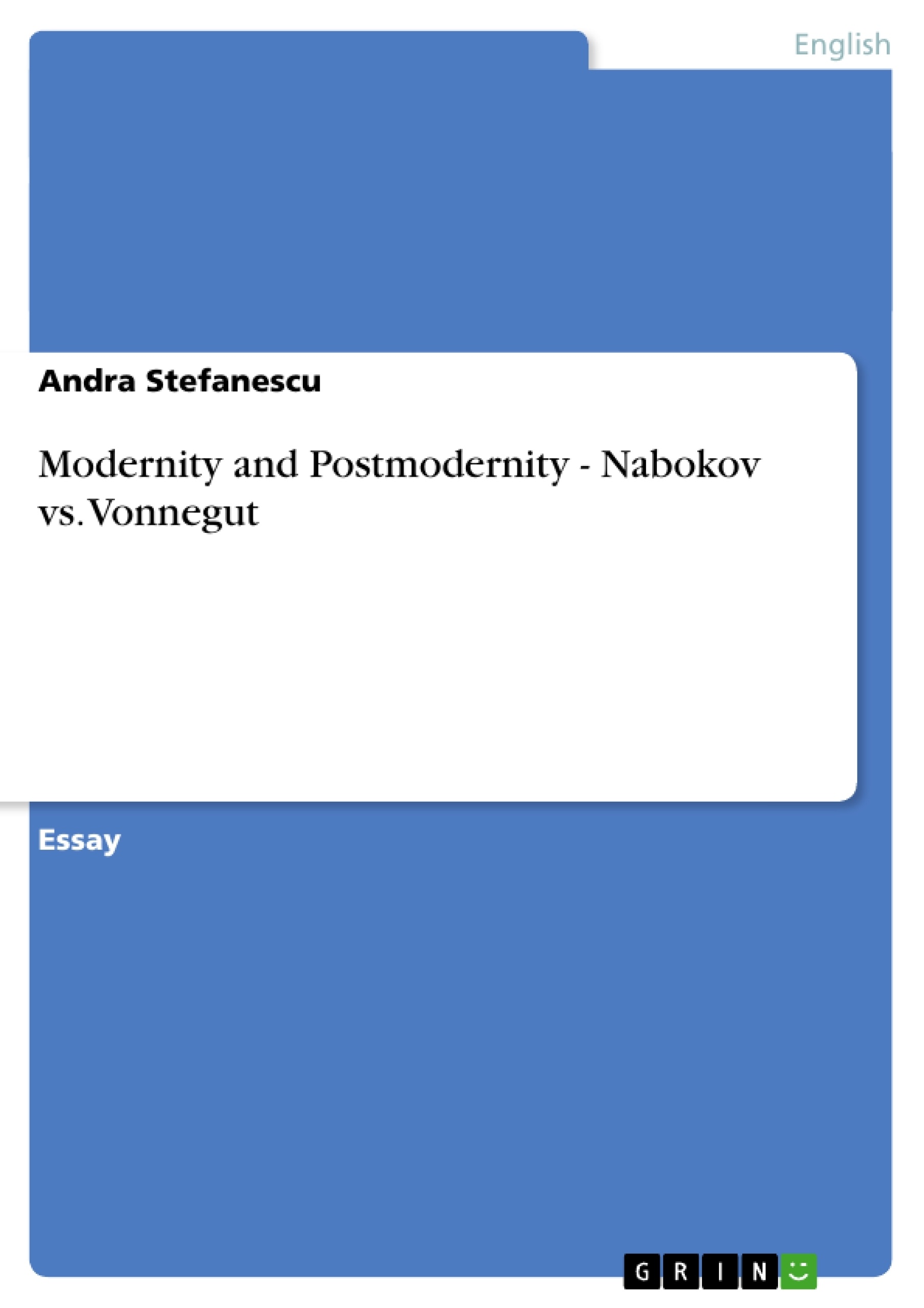After the war a group of American writers referred to as the Beat Generation communicated their profound disaffection with contemporary society through their unconventional writings and lifestyle. In the 1950s began the experimentation in style and form that continues even to the present day. As a result of World War II, Nabokov and Vonnegut created texts in which narrators or protagonists are displaced, are “outsiders” in a sense. The notion of “home” is altered, especially in Vonnegut’s case, as he never feels really “at home” in post-war America. Both Kurt Vonnegut and Vladimir Nabokov are the products of lost paradises, which reverberate in their work with a nostalgia unmarred by selfpity. Nabokov’s idyllic, cushy Russian youth has the advantage of sounding like paradise; Vonnegut’s was prewar Indianapolis, which doesn't. His parents didn't have a happy adulthood: his mother finally killed herself not long before
Kurt was captured in the Battle of the Bulge. Even so, he's one of the few
American writers to have had a happy childhood, which was also a privileged
one, until his prosperous family went bust in the Depression.
Inhaltsverzeichnis (Table of Contents)
- Modernity and Postmodernity: Nabokov vs. Vonnegut
- Lost Paradises
- Nabokov's Lolita
- Vonnegut's Slaughterhouse-Five
- Modernity and Postmodernity
Zielsetzung und Themenschwerpunkte (Objectives and Key Themes)
This text examines the works of Vladimir Nabokov and Kurt Vonnegut, exploring their unique approaches to writing and their contributions to the literary movements of Modernism and Postmodernism. Through an analysis of their stylistic choices and thematic concerns, the text aims to shed light on the evolution of the novel form in the aftermath of World War II and the social and cultural context that shaped their writing.
- The impact of World War II on the authors' lives and work
- The evolution of the novel form in the late 20th century
- The intersection of Modernism and Postmodernism in Nabokov and Vonnegut's writing
- The relationship between narrative structure and thematic content
- The authors' use of language and stylistic devices to convey complex ideas and emotions
Zusammenfassung der Kapitel (Chapter Summaries)
- The first chapter introduces the concept of lost paradises in the lives of both Nabokov and Vonnegut. It explores the impact of their childhoods on their writing and the ways in which their experiences influenced their perspective on the world.
- The second chapter focuses on Nabokov's novel Lolita. It discusses the novel's controversial themes, its innovative narrative structure, and its significance in the context of Modernist literature.
- The third chapter examines Vonnegut's novel Slaughterhouse-Five. It explores the novel's themes of war, death, and renewal, as well as its unique circular structure and the significance of the recurring phrase "so it goes."
Schlüsselwörter (Keywords)
The text explores key terms and concepts related to Modernism, Postmodernism, narrative structure, stylistic innovation, and the impact of historical events on literary expression. It examines the works of Nabokov and Vonnegut within the context of their respective literary movements, exploring their unique contributions to the evolution of the novel form and the themes of loss, disillusionment, and the search for meaning in the aftermath of World War II.
- Quote paper
- Andra Stefanescu (Author), 2006, Modernity and Postmodernity - Nabokov vs. Vonnegut, Munich, GRIN Verlag, https://www.grin.com/document/91274



